Chlorine dioxide has a long history in use as a water purification solution that is used in commercial water systems and most municipal water treatment and distribution facilities use chlorine dioxide to create and deliver safe drinking water to people in our communities.
How Does Chlorine Dioxide Work?
Chlorine dioxide’s molecular composition consists of 1 chlorine atom and 2 oxygen atoms to create ClO2. When activated it is yellow/amber in color and off-gassing smells like chlorine, that mixes with water easily. This molecular design imbues the molecule with unique characteristics.
First of all, it is attracted to anti-life pathogens, like a magnet. It also has extra electrons and through the process of oxygenation, can cause the explosion of a harmful pathogen by adding or subtracting electrons on contact.
There are many oxidative sanitizers, but they are limited in their ability to rob only two electrons which does eliminate most pathogens, while chlorine dioxide can rob up to five electrons which makes it two-and-a-half more times more powerful than any other known pathogen killer at this time.
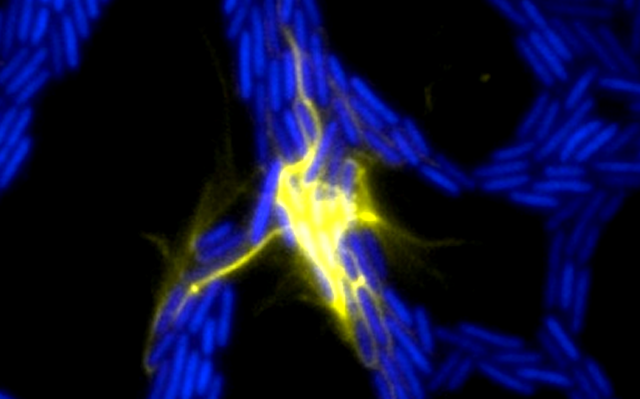
That’s why chlorine dioxide is renowned for its ability to kill the most treatment-resistant bacteria, fungi, viruses, and pathogens. Plus, chlorine dioxide is unique in that it is not attracted to biologically beneficial bacteria.
It is for these features that chlorine dioxide is used in all food and drink production to keep the end food product safe for human consumption without the risk of spreading disease.
Chlorine Dioxide with DMSO Topical Application
One of Jim Humbe’s protocols is for treating skin diseases. Surface layers of skin can be treated by applying a diluted chlorine dioxide solution to the skin in an “x” amount of drops per ounces of water configuration. Applied thusly, you will be limited to surface treatment only.
DMSO
DMSO is a penetrant solution that will combine with other ingredients and deliver them through and beyond the protective layers of skin that are designed to prevent the penetration of water and oil. It will deliver an ingredient through tissue, into the bloodstream, and into the bone marrow.
Some people have done so by rubbing a diluted chlorine dioxide solution on and around the area they desire to treat, then follow by rubbing a diluted DMSO solution onto the same area up to ten times per day. The DMSO mixes with the chlorine dioxide solution and takes it deeper into the body.
According to author Herb Roi Richards, Ph.D., this allows individuals to take natural and herbal solutions with intravenous accuracy without the use of a needle to penetrate the skin, in his book, DMSO for Humans, Recipes & Treatment.
How to Use DMSO with Chlorine Dioxide
One method would be to start with a two-part chlorine dioxide water purifier like NACS water purification drops. Mix a number of drops from Part 1 with Part 2 in a clean, dry glass. Jim Humble suggests starting with one drop of each and working up from there. For the sake of this example, we will assume that you have worked your way up to 3 drops of each.
Once you put 3 drops of Part 1 and Part 2 in a glass and swirl it together, you will notice that it will turn yellow and off gas an odor similar to that of chlorine. This is referred to as the activation process which takes about 30-seconds.
Following the 30-second activation process, add the three activated drops (in this case, three drops of sodium chlorite plus three drops of acidic activator equals three drops of activated chlorine dioxide) to four ounces of water.
You can pour the chlorine dioxide/water solution into a spray bottle. If kept in a cool dark place and unexposed to sunlight, the solution should have about a five-to-seven-day shelf life.
Before you spray onto the skin, prepare thee teaspoons of DMSO with one tablespoon of distilled water in a glass dish or shallow bowl.
The application method would consist of spraying the area to be treated with the chlorine dioxide solution and rubbing it into and around the target area with clean bare hands free from fragrance soaps (do not use gloves, washcloths, or towels).
Follow up by dipping the fingers into the DMSO/distilled water solution and rubbing that on top of the same area where the chlorine dioxide was applied.
This is the method that may be applied every hour up to ten times a day.
If large expansive areas of skin are to be treated over the body, different areas of the body should be alternated every hour. For example, the left arm and right leg treated on the odd hour, and the right arm and left leg treated on the even hour.
Some allow for a three-to-four-day treatment-free period between weeks, 7-day, treatment periods.
The combination of chlorine dioxide and DMSO may cause a dryness of skin as the DMSO may rob the skin of its natural hydration.
One may desire to apply hydration or ointment to the treated area, like extra virgin olive oil or pure aloe vera to the area being certain to allow a ten-minute gap between treatment and hydration or soothing with olive oil or aloe.
Take a Chlorine Dioxide Bath
Before bathing in chlorine dioxide, clean the bathtub making certain that it is free from any cleaning chemicals or fragranced soaps.
Fill the tub with water only, without any other additives. If on city water, fill the tub with hot water and allow it to detoxify itself by allowing the chlorine to evaporate as it sets for a few minutes. City water may also contain some heavy metals that will be neutralized with the chlorine dioxide is added to the water.
Activate 60 drops of Part 1 (using a two-part solution, like NACS water purification drops) with 60 drops of Part 2 in a clean dry glass. Swirl and allow to activate for at least 30 seconds.
Once the water reaches body temperature, pour the 60 activated drops (120 drops by volume) into the water and swirl into the bathwater for adequate distribution. Wait for one minute (allowing for heavy metal neutralization).
Submerge oneself into the water. Allow water to get to the skin, hair, scalp, and face. This level of dilution is safe for all body parts, even the eyes.
As the water cools, you can add more hot water which will increase penetration.
What Does Jim Humble Have to Do with Chlorine Dioxide?
Chlorine dioxide is a natural industrial solvent, sanitizer, and water purifier that has been used for over a hundred years. That was until a man was on a mining mission deep in the jungles of the Amazon when his workers got malaria and were dying. He sent runners for help but knew help would be a while and it looked like his men might not make it through the day.
The best he could do was to try to keep them hydrated while they were dying. Having only access to contaminated river water, the man used his chlorine dioxide water purifier to treat the accessible water to offer his dying men.
Four hours later, the men recovered from malaria and began to return to work. The man’s name was Jim Humble, and he was grateful for the recovery of his men, but he wondered about what was in that water purifier that might have caused the death of the malaria and NOT the men.
After he returned to the USA, he began his obsessive R&D on the chlorine dioxide water purifier.
It wasn’t long before he received an invitation from the African Red Cross which was facing an epidemic outbreak of malaria. Humble accepted the invitation and set out to try the chlorine dioxide solution to the Red Cross, with all but miraculous results.
After he returned to the USA again, he began to share his findings with anyone who would listen. Many people who were suffering from a variety of uncurable chronic diseases volunteered to try Humble’s chlorine dioxide solution. Many of these people returned with reports of miraculous healing. Based on these reports, Humble nicknamed the chlorine dioxide water purification drops “Master Mineral Solution” or MMS for short.
You can find his story, research, findings, suggestions, and conclusions in his book, The Master Mineral Solution of the Third Millennium by Jim Humble.
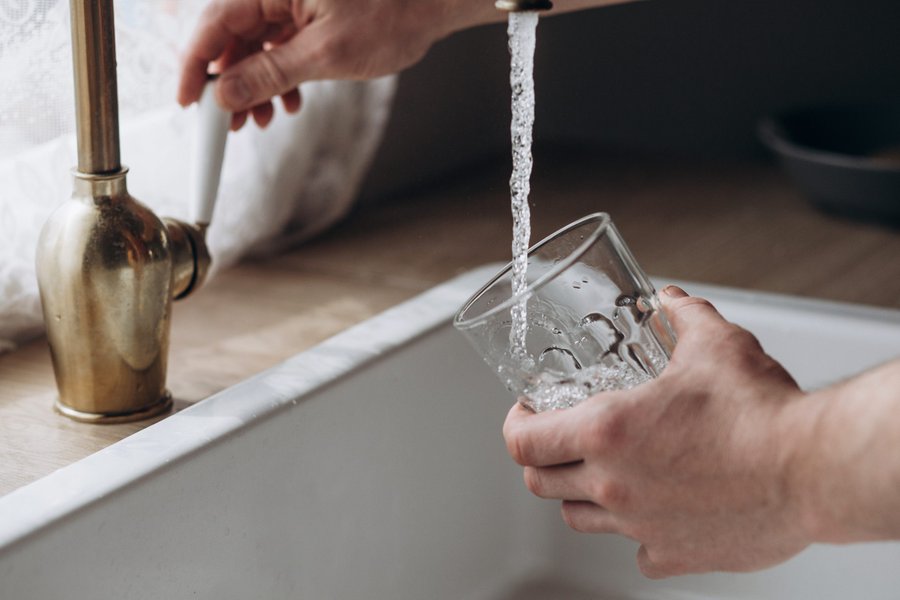

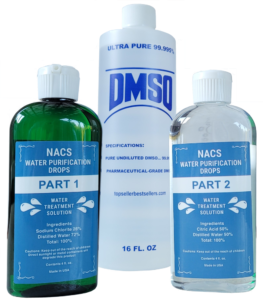

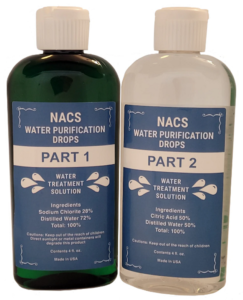
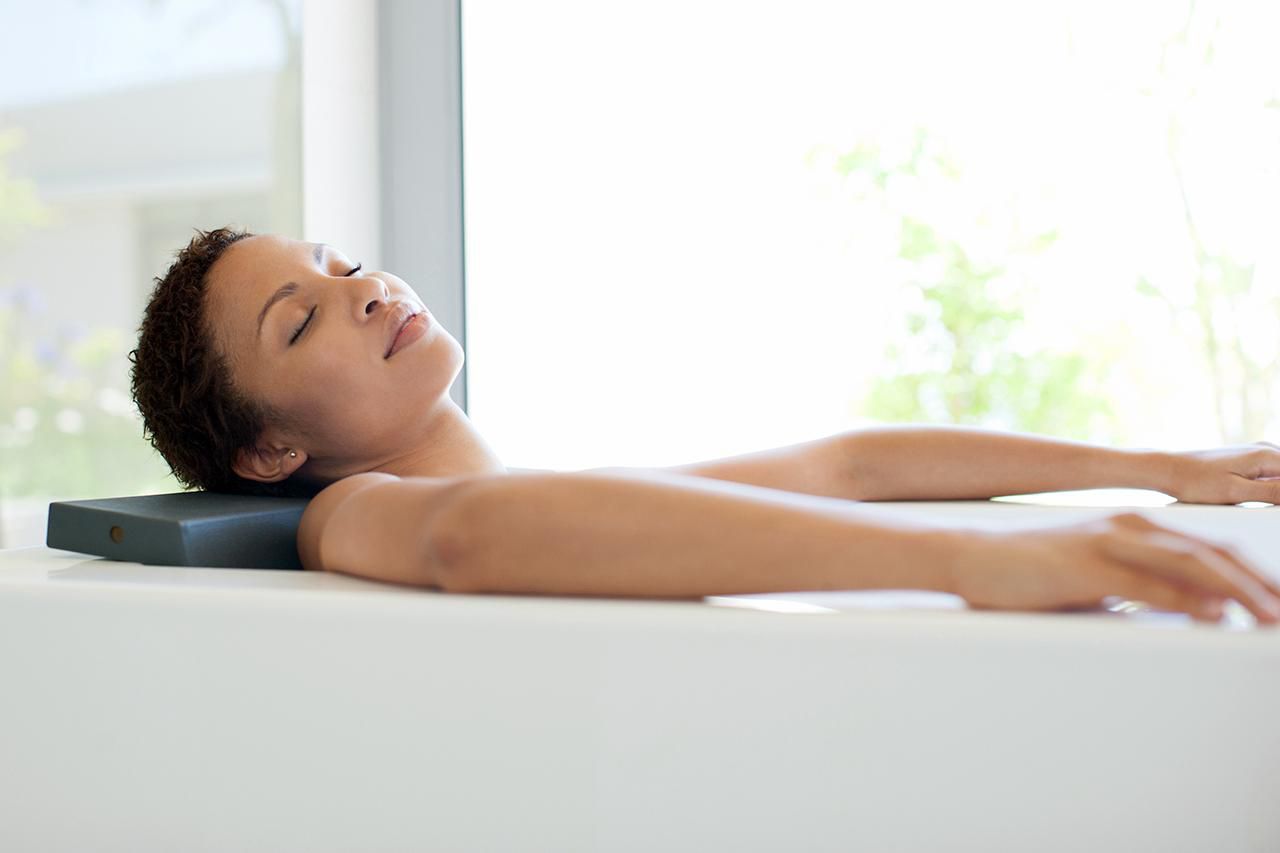
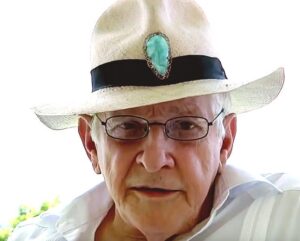


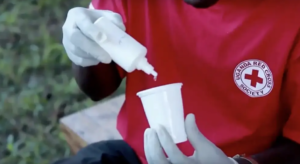

Leave a Reply